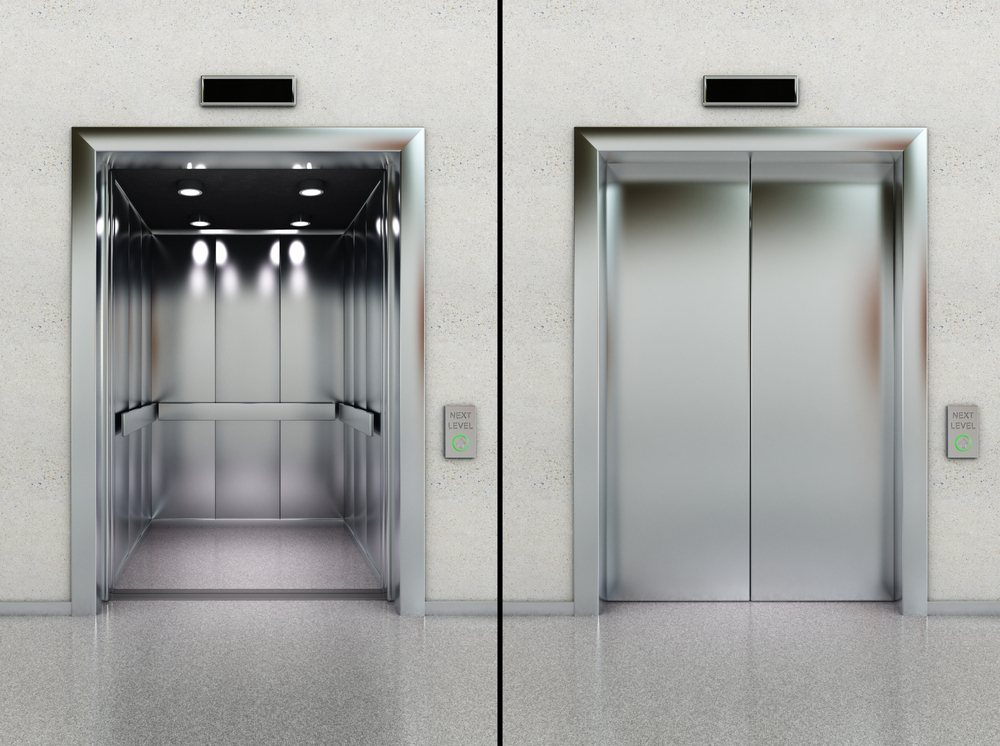Contrast Disabled Platform Lifts Prices UK: Affordable Options for Every Need
Contrast Disabled Platform Lifts Prices UK: Affordable Options for Every Need
Blog Article
Exploring the World of Lifts: Common Concerns Faced by Numerous Lift Mechanisms
As we navigate with the vertical transport systems of modern-day buildings, lifts stand out as an indispensable element of our day-to-days live. Nonetheless, behind their seamless operation lies a globe of elaborate devices that can in some cases run into challenges. From hydraulic lifts to grip systems and machine-room-less designs, each lift kind features its set of typical concerns. Understanding these difficulties is crucial for making sure the smooth performance of these vital systems. Let's discover the intricacies that underlie the operation of elevators and the prospective concerns that can arise, clarifying the detailed internet of lift mechanisms.
Hydraulic Elevators
Hydraulic elevators, typically liked for low-rise structures, make use of fluid stress to regulate the motion of the elevator vehicle (lift repair companies). This system includes a hydraulic pump pressing oil right into a cylinder, triggering the lift to relocate the preferred direction. While hydraulic elevators are understood for their smooth and peaceful operation, they do include their own set of common issues
One prevalent trouble with hydraulic lifts is oil leakage. Additionally, issues with the control system, such as damaged shutoffs or a malfunctioning pump, can trigger disruptions in the elevator's motion.
Routine upkeep and punctual fixings are important to guarantee the smooth functioning of hydraulic lifts. By dealing with these usual concerns proactively, building proprietors can lessen downtime and guarantee the safety and performance of their vertical transport system.
Traction Lifts
When thinking about vertical transport systems in buildings, an additional typical kind besides hydraulic lifts is the traction lift. Traction lifts operate making use of a system of ropes and counterweights that relocate the elevator auto by grasping onto the hoist ropes. This device permits for smoother and quicker upright transportation contrasted to hydraulic systems.
One of the typical issues dealt with by grip elevators is rope wear. The consistent movement of the ropes within the grip system can lead to damage gradually, possibly causing the lift to malfunction or end up being unsafe for usage. Normal evaluations and upkeep of the ropes are necessary to make sure the elevator's appropriate performance and safety and security.
Another concern that grip elevators may run into is related to the control system. Issues with the control system can bring about issues such as unpredictable motion, hold-ups in response times, or perhaps total closures. Normal screening and maintenance of the control system are important to protect against such issues and guarantee the elevator's dependability.
Machine-Room-Less (MRL) Lifts

Among the crucial parts of MRL elevators is the portable gearless grip machine that is installed within the hoistway. This maker effectively drives the elevator vehicle without the demand for bulky tools found in typical traction lifts. Additionally, MRL elevators typically utilize a weight system to balance the auto, further boosting their energy effectiveness.
In spite of their benefits, MRL lifts may deal with difficulties associated with repair and maintenance because of the constrained room for equipment installment. Accessibility for servicing components within the shaft can be limited, needing specialized training for professionals. Correct upkeep timetables and regular inspections are important to make sure the ongoing smooth procedure of MRL elevators.
Overloading and Weight Limitation Issues
Are elevators furnished to manage excess weight tons effectively and safely? Overwhelming and weight limitation problems are vital issues in elevator operations. Elevator manufacturers layout raises with certain weight abilities to make sure traveler security and equipment longevity. Going beyond these weight restrictions can cause different issues, including mechanical failings, hold-ups, and security hazards.
When elevators are overwhelmed, it places too much strain on the electric motor, wires, and other components, possibly creating failures or malfunctions. If they find excess weight, safety devices such as sensors and overload sensing units are in place to stop elevators from relocating. Additionally, surpassing weight limits can cause increased power consumption and damage on the elevator system.
To alleviate straining problems, constructing managers must plainly display weight restrictions in lifts and educate owners on the importance of adhering to these constraints - lift repair companies. Regular maintenance checks by certified technicians can likewise aid ensure that elevators are running within secure weight parameters. By attending to overloading and weight restriction issues proactively, building owners can improve lift safety and efficiency
Electrical System Failures
Going beyond weight limitations in elevators can not only cause mechanical concerns yet also potentially contribute to electrical system failures within the lift facilities. Electric system failings are an essential concern in elevator operation, as they can cause unexpected shutdowns, malfunctions, and even security risks. One typical electric problem is the getting too hot of elements because of extreme present flow triggered by overwhelming the elevator beyond its capacity. This can pop over here result in damage to the electric motor, circuitry, or control systems, resulting in costly repairs and downtime.
Regular upkeep and inspections are vital to identify and deal with possible electrical problems without delay, guaranteeing the effective and secure operation of elevator visit this site right here systems. By sticking to weight restrictions and conducting regular electric system checks, structure owners can alleviate the threat of electrical failures in lifts.
Conclusion

Hydraulic lifts, often liked for low-rise buildings, use fluid stress to control the activity of the lift car.When considering vertical transportation systems in structures, an additional usual kind aside from hydraulic elevators is the grip elevator. Grip lifts operate utilizing a system of ropes and counterweights that move the lift automobile by clutching onto the hoist ropes. Unlike standard lifts that require a separate equipment room to house the devices, MRL lifts incorporate many of the components within the shaft, getting rid of the requirement for a dedicated device space.In verdict, lifts face common problems such as hydraulic malfunctions, grip system failings, and electric system troubles.
Report this page